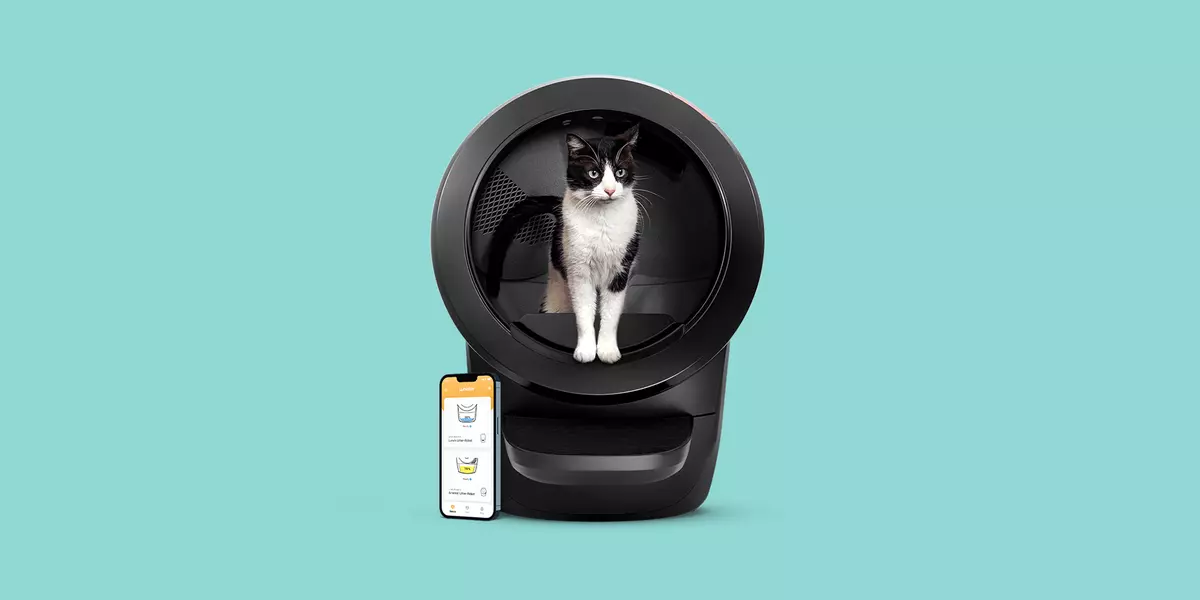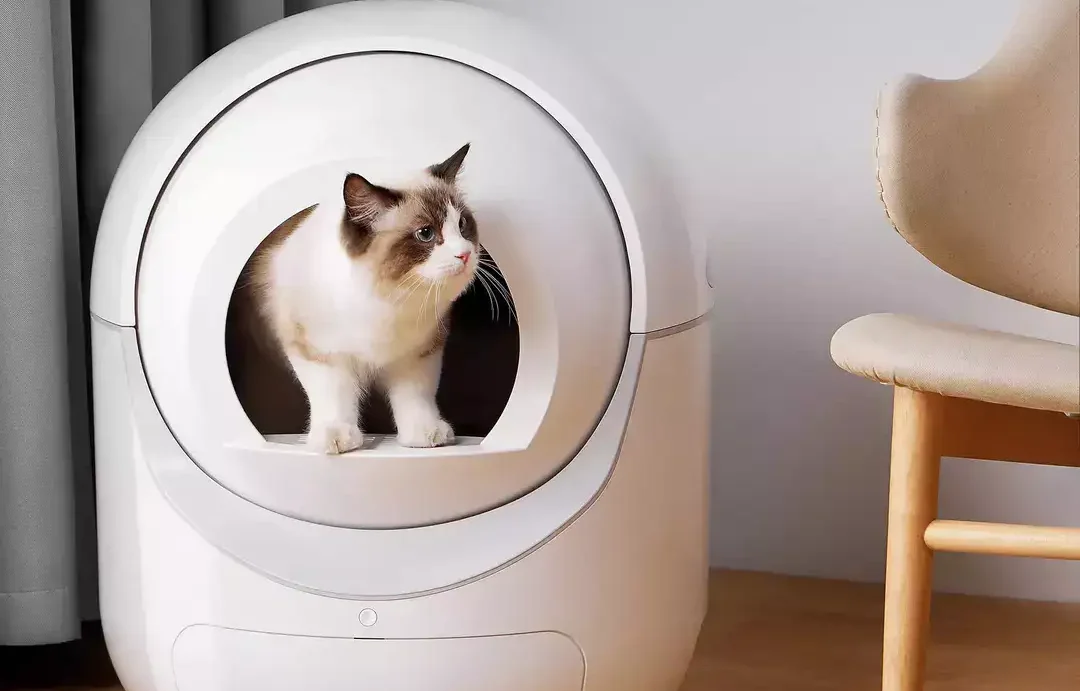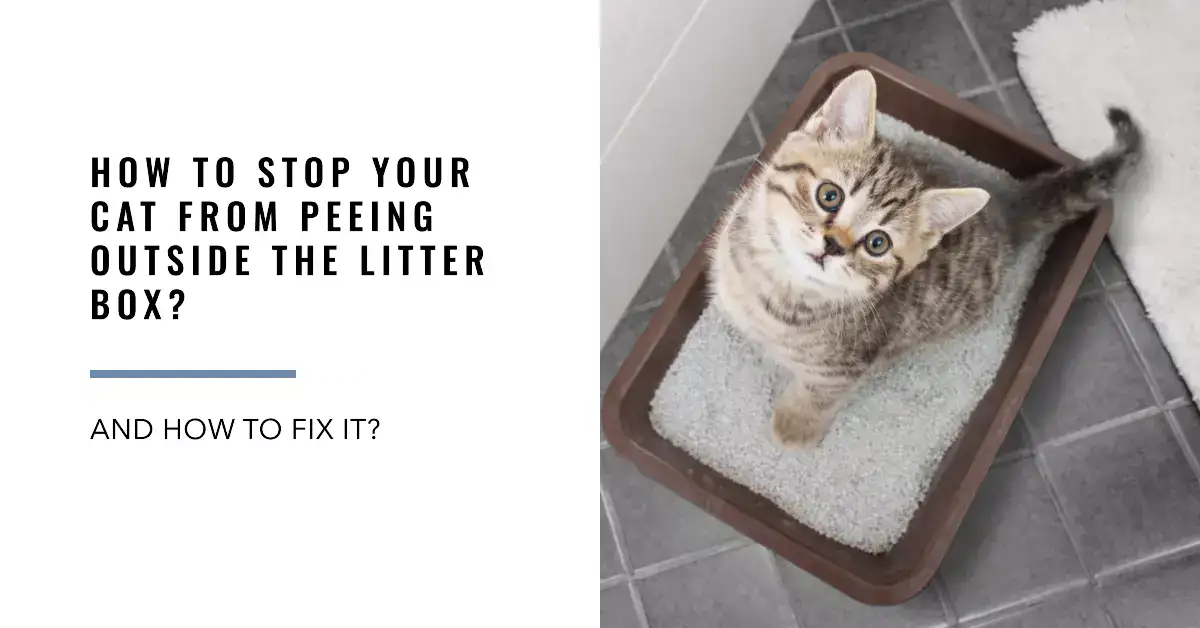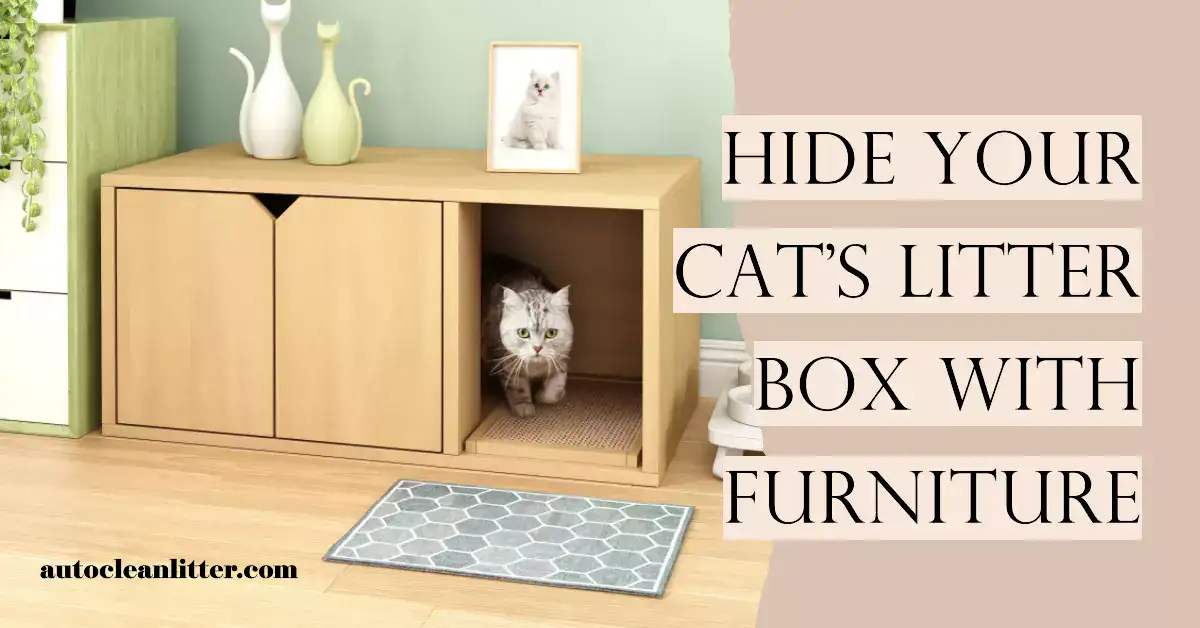Cats are curious and agile creatures that bring joy to many households, but they can also be prone to various skin problems, especially around their necks. Understanding cat skin problems is vital to keeping your feline friend healthy and comfortable. This guide aims to delve into the most common causes, symptoms, and treatments for skin problems on a cat’s neck, helping you recognize issues early and seek appropriate veterinary care.
Understanding Cat Skin Problems on the Neck

Skin problems in cats can appear mysteriously and often lead to discomfort or pain. Just like humans, cats’ skin is their first defense against environmental factors and pathogens. When issues occur, it can significantly impact their quality of life.
What Are Cat Skin Problems?
Cat skin problems encompass a wide array of issues—each with its own set of causes, symptoms, and treatment pathways. These problems can be triggered by parasites, infections (both bacterial and fungal), allergies, and other environmental or dietary factors.
When you notice your cat frequently scratching, biting, or licking one area, it may be a sign of a skin issue. Recognizing and addressing these symptoms promptly can prevent the condition from worsening and help maintain your cat’s health.
Common Causes of Skin Issues on a Cat’s Neck
Several common causes can lead to skin problems on a cat’s neck. Understanding these can aid in prevention and ensure swift action when issues arise. Let’s explore each in detail.
Parasites (Fleas, Mites, and Lice)
Among the most prevalent agitators, parasites such as fleas, mites, and lice can wreak havoc on your cat’s neck area. These tiny creatures feast on your feline’s skin, leading to irritation, itching, and potential allergic reactions.
The presence of effective flea control is crucial in combating these pests. Regularly checking your cat and maintaining a clean environment can help reduce infestations.
Fungal Infections (Ringworm, Yeast Infections)
Fungi can also be culprits of skin woes in cats, with conditions like ringworm and yeast infections frequently occurring. Ringworm, despite its name, is a fungal infection that can cause ring-shaped lesions and is highly contagious to other animals and humans.
Yeast infections, particularly in the ears, can cause inflammation and discomfort. Thorough cleaning and prescribed antifungal treatments are often necessary for recovery.
Allergic Reactions (Food, Fleas, Environmental Allergies)
Allergies in cats can manifest as skin problems when the immune system overreacts to various substances. Allergic reactions can stem from food, fleas, or environmental allergens like pollen.
Symptoms might include redness, itching, and scabs, often leading to persistent scratching around the neck. Mild allergens can sometimes be managed through dietary adjustments and by reducing exposure to the allergen.
Bacterial Infections and Complications
Secondary bacterial infections can develop when initial skin problems, such as scratches or bites, become infected. Feline acne and wounds from scratching can introduce bacteria into the skin, leading to further issues.
Antibiotics may be prescribed by your vet to clear bacterial infections, alongside treatments for the primary skin condition.
Dry Skin and Poor Grooming
Dry skin can result from low humidity, underlying health issues, or an imbalanced diet. Cats with poor grooming habits might experience more severe skin issues since their natural oils are unequally distributed, leading to dry patches.
Providing a balanced diet rich in omega-3 fatty acids can help enhance skin health and potentially improve grooming behaviors.
Recognizing Symptoms of Neck Skin Problems
Identifying the symptoms of skin problems early enables prompt intervention to alleviate your cat’s discomfort. Here are some symptoms to watch for concerning issues on a cat’s neck.
Constant Scratching or Licking the Neck Area
If your cat is frequently scratching or licking its neck, it might be trying to relieve some itchiness or discomfort. This behavior can lead to more severe skin issues if left unchecked.
Hair Loss or Bald Patches
Hair loss or the appearance of bald patches can indicate an underlying condition such as an allergy or parasitic infestation. These patches often occur where cats experience itchiness and focus their grooming efforts excessively.
Redness, Scabs, or Crusty Lesions
Visible redness, scabs, or crusty lesions are typical signs of skin irritation or infection. These can develop from scratching and may further complicate if secondary infections occur.
Open Sores or Ulcers
Open sores or ulcers on your cat’s neck are serious and warrant immediate veterinary attention. These can arise from persistent scratching or biting and put your cat at risk for more severe infections.
Diagnosis and Underlying Conditions

When a cat exhibits skin problems on the neck, pinpointing the exact cause is crucial in providing effective treatment. Various underlying conditions can result in similar symptoms, and therefore a detailed diagnosis is essential.
Understanding the diagnostic process can help cat owners appreciate the careful consideration veterinarians put into determining a cat’s skin condition before recommending appropriate treatments.
How Veterinarians Diagnose Cat Skin Problems
Veterinarians use a structured approach to diagnose cat skin issues, relying on physical examinations, various tests, and a detailed understanding of the cat’s medical history.
Physical Examination and Medical History
The diagnostic journey typically begins with a comprehensive physical examination of the cat. During this examination, the veterinarian will look for visible signs such as redness, scaling, and crusting on the neck, which may indicate a skin allergy or other conditions. Gathering a detailed medical history, including recent changes in diet or environment, helps veterinarians narrow down potential causes.
Learn more about similar examinations in skin conditions such as cat mange and scabies, where consistent symptoms like hair loss and itchiness could provide clues to the underlying issue.
Skin Tests (Impression, Scraping, Biopsy)
Skin tests are instrumental in determining the cause of skin problems. A skin impression test involves analyzing samples taken directly from the affected area, identifying bacterial or fungal presence. Skin scraping focuses on identifying parasitic infestations like mites, while a biopsy might be necessary to assess deeper issues or persistent lesions.
These tests help distinguish between various possible conditions, ensuring the prescribed treatment targets the root cause.
Allergy Testing and Food Trials
Allergy testing is particularly pertinent when environmental or food allergies are suspected. Food trials involve a strict diet, eliminating potential allergens to confirm a food allergy while allergy testing might include intradermal (skin) or blood tests to detect environmental allergens.

Identifying Parasitic Infestations
Parasitic infestations such as fleas and mites can cause significant discomfort and skin problems. Veterinarians typically look for signs of parasites visually or through microscopic examination of skin and hair samples.
For a deeper understanding of parasites, refer to this guide on identifying and treating cat bugs, which offers insights into common parasites that can afflict cats.
Related Skin Conditions That Affect the Neck
Several specific skin conditions can prominently affect the neck area in cats, ranging from acne to dermatitis. Each condition has unique causes and treatments.
Feline Acne: Causes and Treatments
Feline acne primarily affects a cat’s chin but can extend to the neck. This condition might be caused by stress, poor grooming, or reactions to plastic or medication. Treatments typically involve topical gels or antibiotics if there’s a bacterial infection.
For a broader understanding of feline grooming and its health impacts, explore how to improve your cat’s grooming routine.
Allergic Dermatitis: Managing Allergies on the Neck
Allergic dermatitis results from various allergens, including food, fleas, or environmental factors. Managing this condition involves identifying and eliminating the allergen and using soothing treatments to ease the cat’s discomfort.

Ringworm and Yeast Infections: Identifying Fungal Issues
Ringworm, a highly contagious fungal infection, can cause circular bald patches and lesions on a cat’s neck. Yeast infections, often found in moist areas, such as the ears, may extend to the neck, presenting as flaky skin with discoloration.
Antifungal medications are generally effective for both conditions. However, due to ringworm’s contagiousness, maintaining strict hygiene is crucial.
Eosinophilic Granuloma Complex: Understanding Neck Lesions
This complex includes various skin lesion types that often affect the neck. Causes may involve allergic reactions or underlying systemic issues. Treatment usually requires steroids or immunomodulators to reduce inflammation.
Comprehensive care of such conditions can significantly improve a cat’s quality of life through targeted management.
Compulsive Grooming: Stress and Overgrooming Behaviors
Many cats groom themselves excessively in response to stress, resulting in skin problems on the neck. This compulsive behavior might be due to psychological triggers or an attempt to alleviate itchiness from other conditions.

Addressing any underlying stress is pivotal. Explore strategies for reducing stress in cats in this informative piece on understanding cat stress.
Treatment and Prevention

Addressing cat skin problems on the neck requires both immediate attention and long-term preventive strategies. Whether it’s dealing with allergies, infestations, or infections, a comprehensive approach ensures the health and comfort of your feline friend.
Treatment Options for Cat Neck Skin Problems
When treating skin problems around a cat’s neck, it’s important to tackle both symptoms and root causes. Whether you’re fighting infections or parasites, the right mix of treatments will help clear up the issue.
Topical Treatments: Shampoos, Creams, and Gels
Topical treatments like medicated shampoos, creams, and gels are often the first line of defense against skin issues. Products containing antifungal or antibacterial properties can soothe inflamed skin and provide relief from itching and irritation.

Oral Medications: Antibiotics, Antifungals, and Antihistamines
In severe cases, oral medications become necessary. Antibiotics may be prescribed to combat bacterial infections, antifungals for yeast infections, and antihistamines for allergic reactions. These medications are crucial in breaking the cycle of irritation and infection.
Managing Parasites: Flea and Mite Prevention
Parasites are a common culprit for skin issues. Consistent use of flea and mite prevention products is essential. These products not only eliminate current parasites but also help prevent future infestations.
Addressing Allergies: Dietary Changes and Environmental Management
Identifying and managing allergens in your cat’s diet or environment is crucial. Switching to hypoallergenic food or controlling environmental factors like dust and pollen can reduce flare-ups. For severe allergies, veterinary guidance on elimination diets or allergy treatments can be invaluable.
Home Care and Preventive Measures
Ensuring your cat’s skin stays healthy involves regular at-home care. By improving hygiene, managing diet, and reducing allergen exposure, you can prevent many types of skin problems.
Improving Grooming and Hygiene
Regular grooming helps to remove dead hair and skin cells, reducing the chance of irritation. Use gentle grooming tools to keep your cat’s coat clean and shiny.
Using Flea and Parasite Prevention Products
Invest in highly recommended flea prevention products which eliminate fleas and their lifecycle. Products like flea collars or topicals help protect your cat year-round.
Ensuring a Balanced Diet for Healthy Skin
A nutrient-rich diet promotes healthy skin. Consider options such as Wysong Epigen 90 which offers a balanced nutritional profile that supports skin health.
Identifying and Removing Allergens
A proactive approach in identifying household allergens can help reduce your cat’s exposure. This may include using air purifiers and switching to unscented products around your home.
When to See a Veterinarian
Certain signs should never be overlooked when it comes to your cat’s skin health. Not seeking timely veterinary help can lead to prolonged discomfort and potentially serious conditions.
Persistent Scratching and Hair Loss
If your cat displays relentless scratching or noticeable hair loss, consult a veterinarian promptly. These symptoms can indicate an underlying condition that requires professional assessment and intervention.
Open Wounds, Infections, or Severe Redness
Open sores or infections signify a serious issue that demands immediate veterinary care. These situations can rapidly escalate and cause significant distress to your pet.
Signs of Pain or Behavioral Changes
Any behavior shift, such as hiding or aggression, combined with visible discomfort requires investigation by a veterinarian. These changes might signal pain or a severe allergic reaction needing prompt action.





























